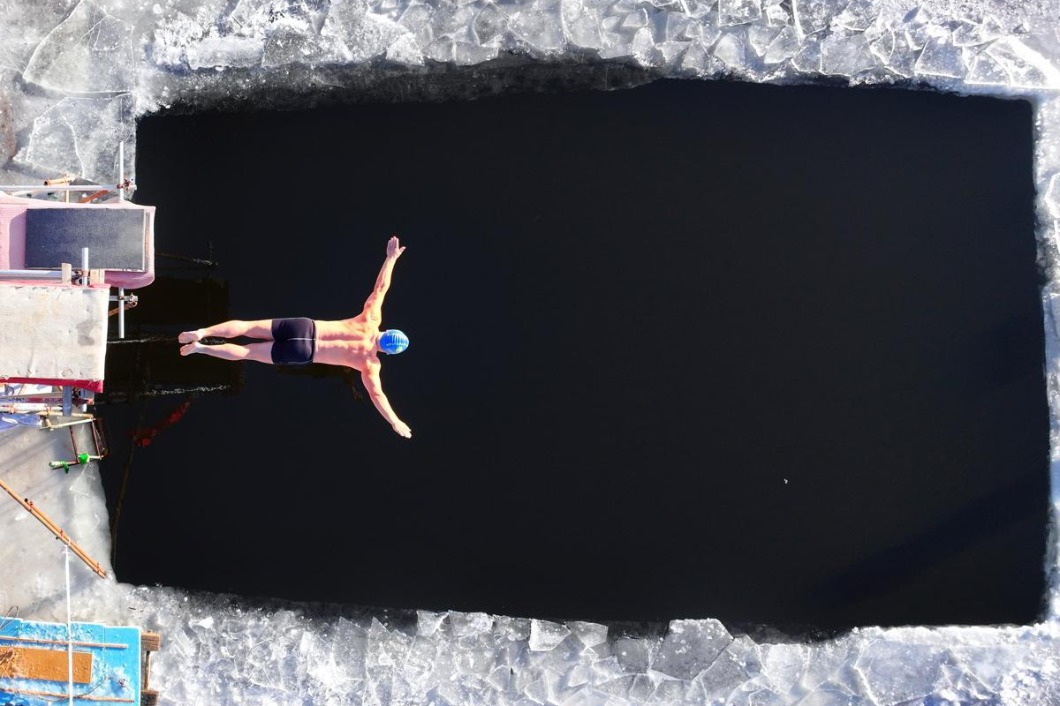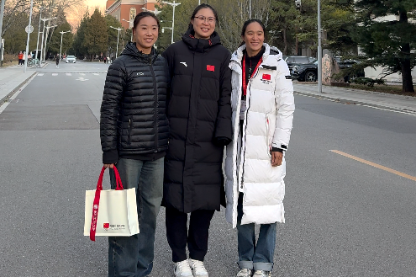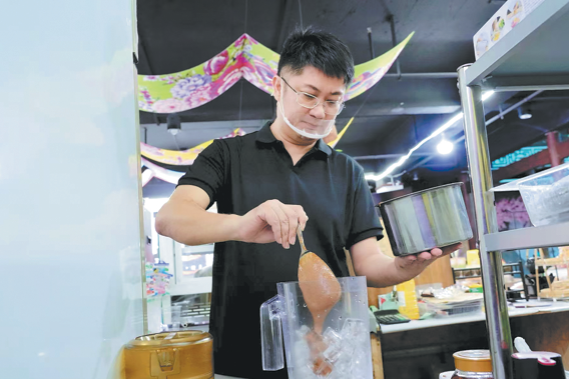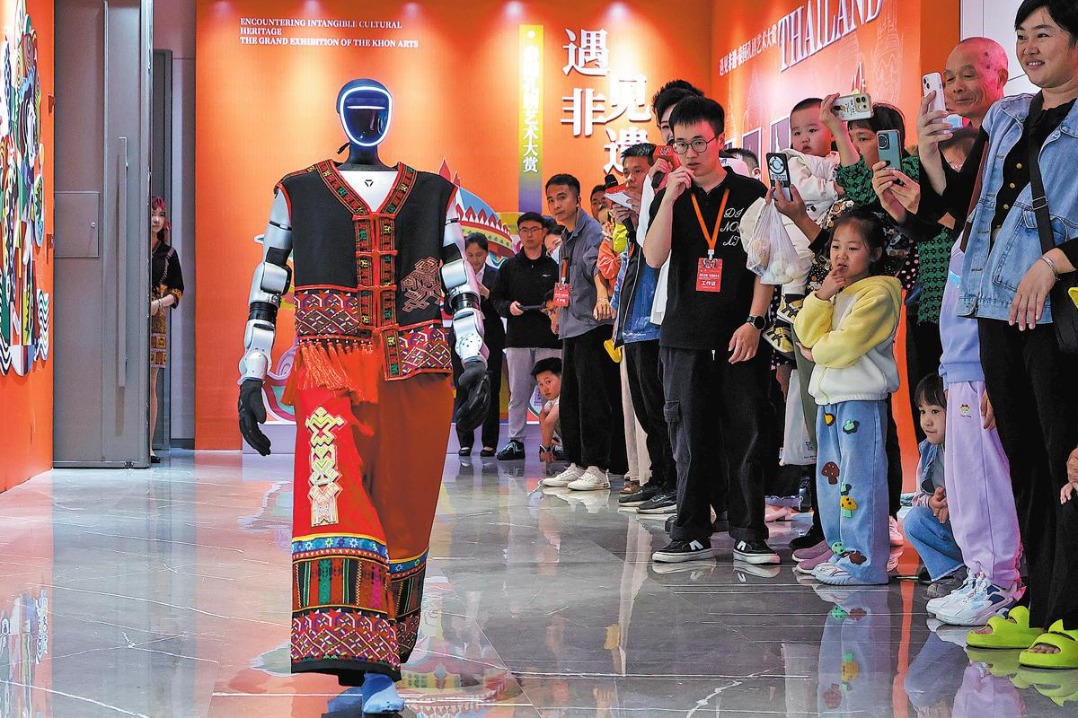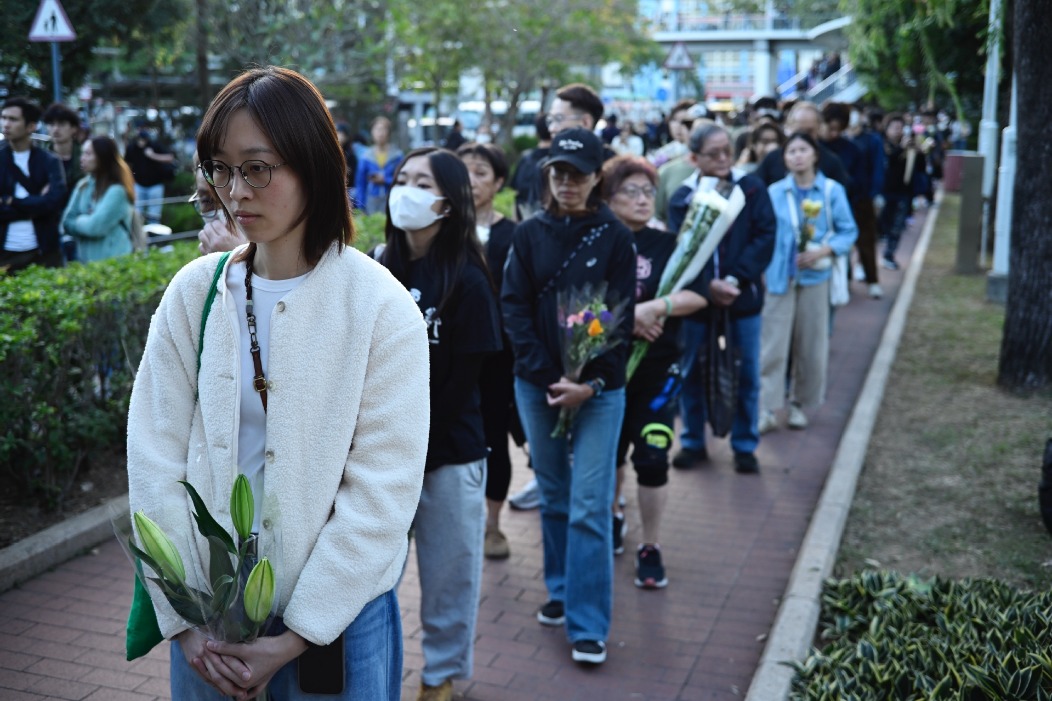Scientists in Beijing peer deeper into unknown

Consider this: a human finger can click a camera shutter in a hundredth of a second. A robot finger? Perhaps a thousandth of a second. But a laser switch? A femtosecond — that's one quadrillionth of a second!
Smaller time scales enable scientists to peer into minuscule worlds and attain ultra-precise control. The ultrafast light field lab generates attosecond lasers, which are 1,000 times shorter than a femtosecond, equating to a billionth of a billionth of a second.
At this remarkable scale, scientists can freeze-frame the motion of electrons and other particles, enabling unparalleled control. Attosecond lasers hold the potential to revolutionize fields like medicine and space observation.
The ultracold and attosecond labs within the Synergetic Extreme Condition User Facility are just the beginning. Here, scientists can blend extreme conditions — such as specific temperatures with magnetic fields — to test materials in unprecedented ways.
As the world's first integrated extreme condition facility, the SECUF propels China to the forefront of materials science research globally. If you've ever dreamt of becoming a scientist, make sure to add this lab in Huairou, Beijing, to your bucket list!
Fang Biling contributed to this story.
- Fujian rule on standards to deepen industrial ties
- Judiciary eases hardships for elderly in administrative cases
- Old, polluted mining site thrives in a green avatar
- Nation to intensify fight against chronic diseases
- Lingnan polytechnic targets global outreach
- Historic role of Shenyang Trial site emphasized




















